Beluga whales’ white skin camouflages them against the white icebergs and glaciers of the Arctic waters. This helps protects them from predation, especially from polar bears.
If you’re one to keep your eyes peeled for whales in the ocean, be sure not to miss the strikingly white, melon-headed 16-foot giant, propelling itself through the water, making you think of Herman Melville’s infamous Moby Dick. What you’re seeing is the beluga (Delphinapterus leucas), and unlike the fictional white sperm whale, Moby Dick, belugas are the only naturally occurring all-white whale species in the world!
What’s In A Name?
It probably won’t come as a surprise that the beluga whales’ names (both common and species) are inspired from their milky white skin. Beluga comes from the Russian word ‘beloya’, which means white, while the etymology for its species name, ‘leucas’, which also means white, can be attributed to the Greeks.

Beluga whales are white because of their life in the Arctic. In addition to adaptations like the presence of a dorsal ridge instead of a fin so they can smoothly move about through the ice sheets on water and fat blubber that forms their warm coats, it is also believed that the belugas’ white skin protects them from predation, particularly from polar bears.
Sometimes, belugas can get trapped in cracks of ice sheets or glaciers. Each time they resurface to take a breath, they are prone to continuous attacks from polar bears, who are also capable of preying on an entire pod of whales. Although the belugas can’t always win this battle, camouflaging amongst the white icebergs and glaciers of the northern seas is probably their best chance at staying alive.
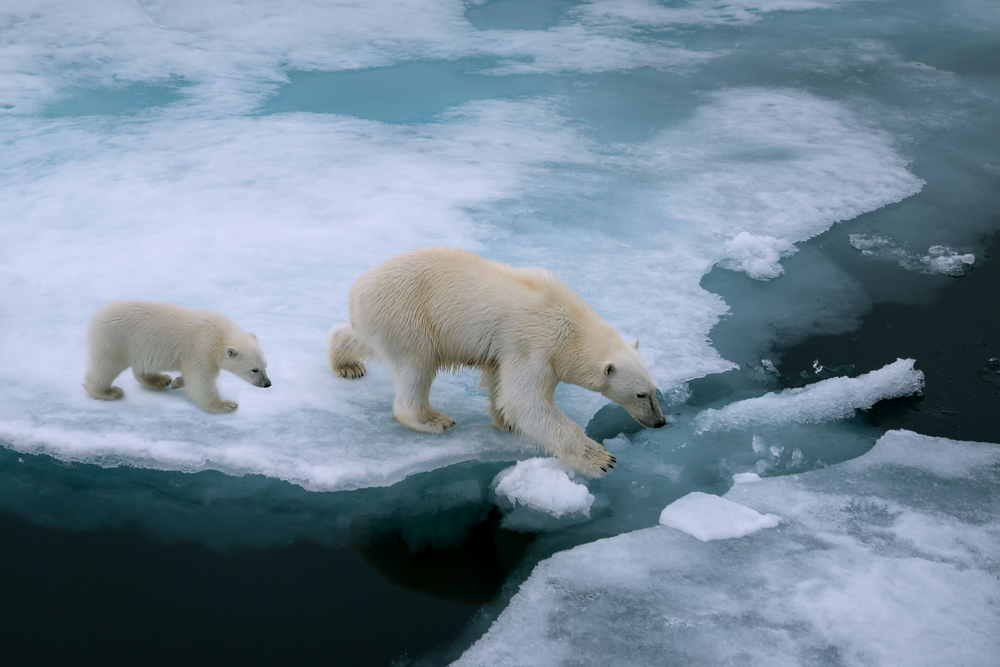
Also Read: Are There Uncolored Giants Like Humpback Whales?
White Skin… Boon Or Bane?
Despite some of the advantages, the white skin of belugas doesn’t always come to their rescue.
In addition to natural predation and anthropogenic pollution causing their populations to dwindle, these whales were also hot commodities during recreational sport and commercial hunts in the past. Fortunately, such events have now been banned and belugas enjoy security and protection under the Marine Mammal Protection Act. However, belugas continue to be sources of handicrafts, clothing or feed for Alaskan Inupiat natives, who are given special permission to capture them under regulation. In other words, the natives hunt belugas to sustain themselves.
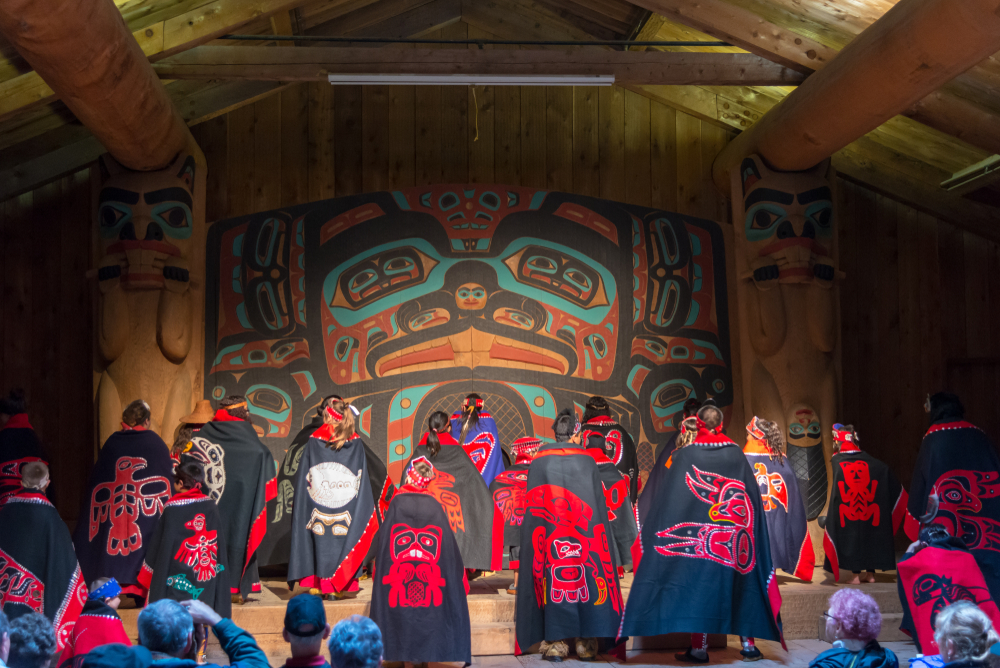
Are All Members Of A Beluga Pod White?
Not quite.
Baby belugas appear somewhat distinct from their parents. At birth, the calves possess a creamy-grey appearance. Within a month, this shade morphs into a dark grey colouration. Belugas normally give birth in shallower waters to avoid the predation of their calves by other threats that might be lurking in the open ocean.
The bodies of the belugas also gain a yellowish tinge of color during their spring migration, which sloughs off as a degenerative epidermal skin layer, or “cork layer’’, in the process of their once-a-year molt, during the summer. This ”cork” is also an adaptation unique to the the monodontidae members. It forms a protective layer that prevents the skin of belugas and narwhals from ice abrasion.
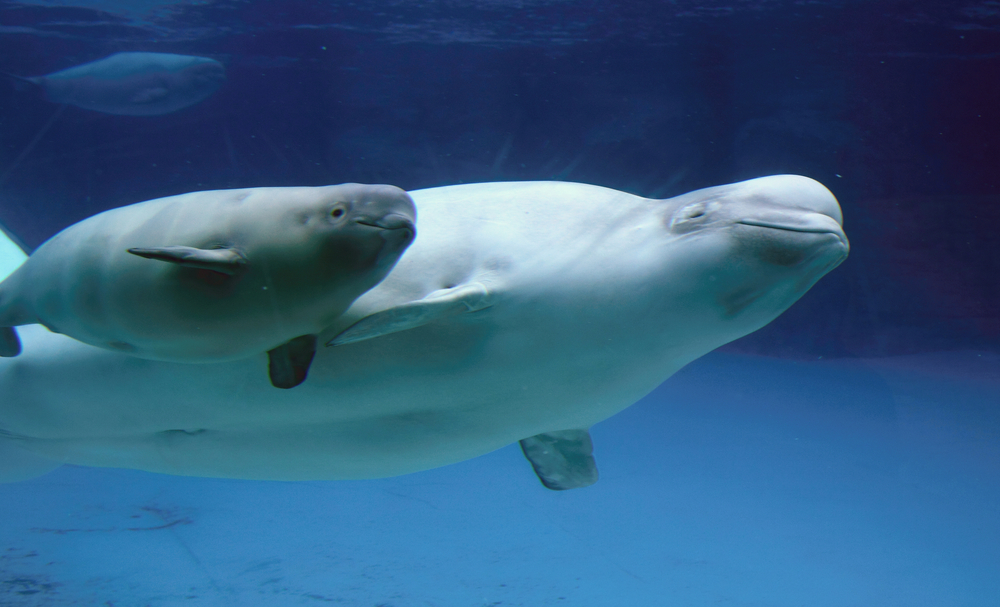
Color Aside, What Other Standout Features Do Belugas Exhibit?
Belugas are a friendly and social bunch, often found interacting with each other through a common language of clicks, whistles and moos. So elaborate is their bird-like chirpy communication that they were aptly named ‘canaries of the sea’. Living up to the reputation of the highly intelligent whales and dolphins, belugas are capable of parroting the sounds they hear around them. Some scientists say that they can even go so far as mimicking human speech!
Belugas are also the ‘yogis’ of the cetacean group. They have the unusual ability to move their necks flexibly, a feature that is foreign to other common cetaceans. The neck vertebrae of belugas is not fused, which enables them to bob their heads up and down and side to side. They also possess a special pair of muscles that appear like something we humans like to call ‘love handles’. These pyrimidalis abdominis muscles, which are rare in other whales, help the belugas steer their bodies like an expert underwater watercraft does.
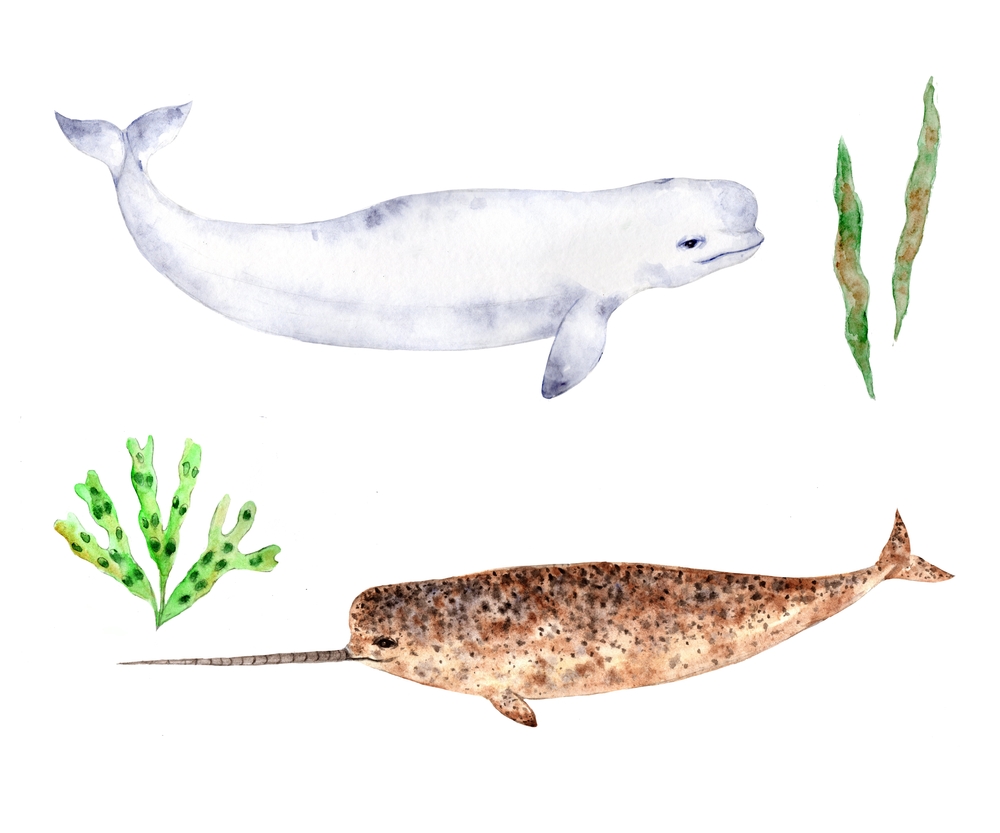
The ‘canaries of the sea’ and the ‘unicorns of the sea’ are cousins.
Being the only two members to exist in their family, Monodontidae, narwhals and belugas share similar features, except color, of course. However, if you had to spot the difference between them, you’d likely notice the long horn-like tusk (which is actually its canine tooth) protruding out of the narwhal’s forehead, giving them the name ‘unicorn of the sea’. This striking feature is absent in belugas. Instead, belugas have a melon or a round bump in front of their blowhole, which aids in echolocation, communication, and even facial expressions.
Also Read: Do Orcas Deserve Their Killer Reputation?
A Final Word
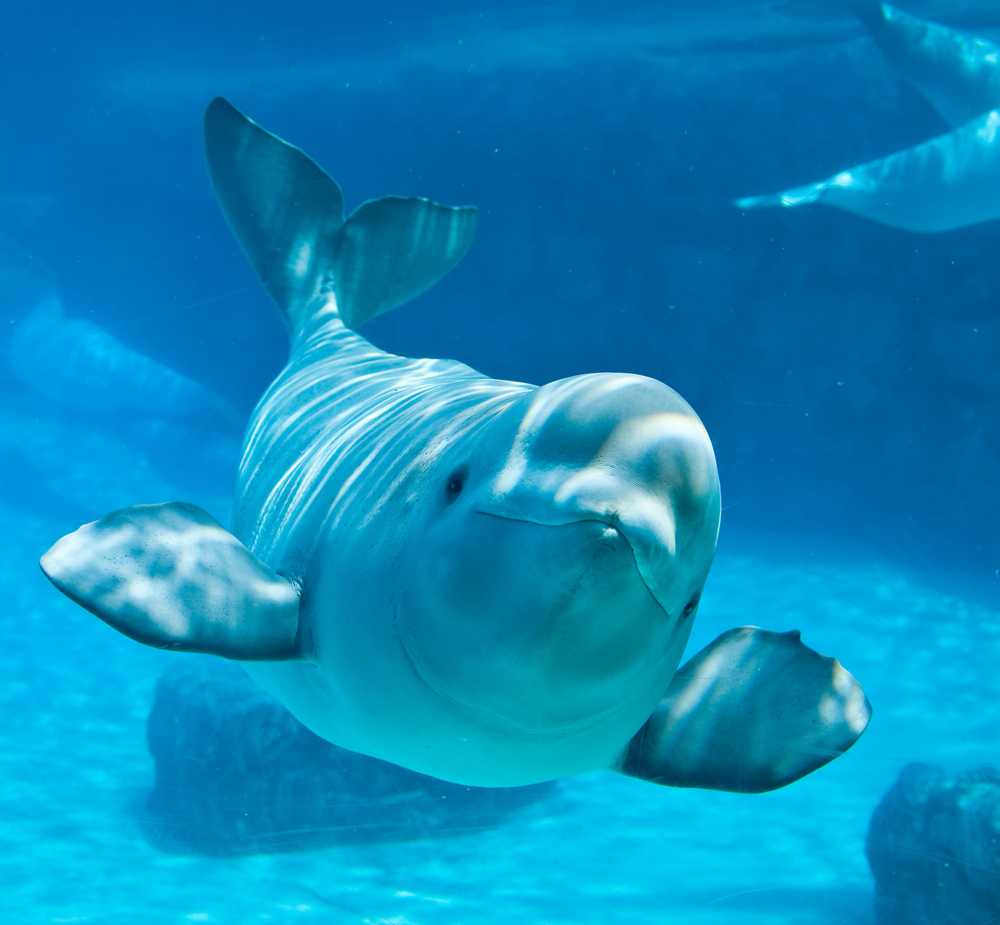
Belugas are the only naturally white cetaceans that exist today, and with their melon-shaped heads and blubbery bodies, they might be the cutest too. Their white skin is an adaptation that lets them thrive in the cold waters of the Arctic, providing them with the necessary camouflage to hide from their predators.
How well do you understand the article above!

References (click to expand)
- Delphinapterus Leucas - an overview | ScienceDirect Topics. ScienceDirect
- Beluga Whale - an overview | ScienceDirect Topics. ScienceDirect
- Beluga Whale | NOAA Fisheries. The National Oceanic and Atmospheric Administration
- Monodontidae - an overview | ScienceDirect Topics. ScienceDirect
- Aubin, D. J. S., Smith, T. G., & Geraci, J. R. (1990, February 1). Seasonal epidermal molt in beluga whales, Delphinapterus leucas. Canadian Journal of Zoology. Canadian Science Publishing.
- K Smith. Examining Calf Behavioral Development in Beluga Whales (
- Werth, A. J., & Ford Jr., T. J. (2012, July 3). Abdominal fat pads act as control surfaces in lieu of dorsal fins in the beluga (Delphinapterus). Marine Mammal Science. Wiley.
- Cervical Vertebrae - an overview | ScienceDirect Topics. ScienceDirect
